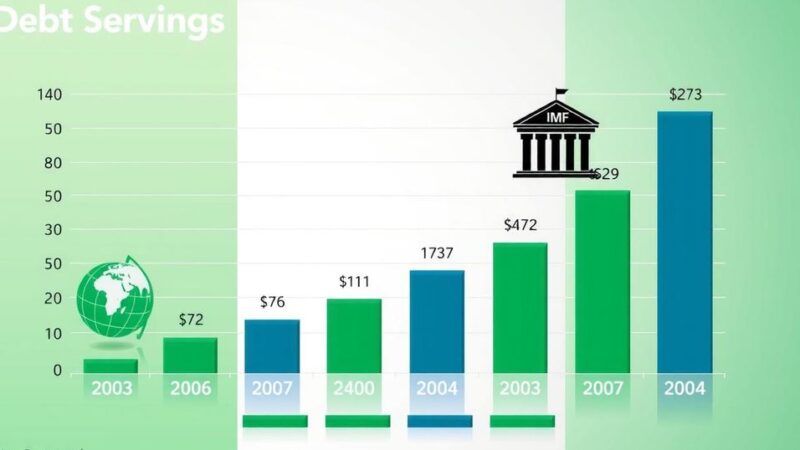President Trump has initiated another trade war through the implementation of substantial tariffs on imports from Mexico, Canada, and China, emphasizing a return to aggressive trade policies. His actions have triggered international retaliations, creating economic uncertainty and potential repercussions for businesses and consumers. The evolving situation exhibits the complicated nature of global trade relations and the impacts of election-driven tariff promises.
In recent developments, President Donald Trump has reignited a trade war that affects major trading partners including Mexico, Canada, and China. Since taking office again, Trump has implemented significant tariffs aimed at these nations, leading to escalating uncertainty and potential global economic consequences. Experts warn that higher consumer prices are likely while financial markets are rattled by Trump’s unpredictable tariff policies and retaliatory measures from affected countries.
Historically, Trump’s trade confrontations began in his first term, particularly targeting China, resulting in various retaliatory tariffs. The strife stemmed from accusations against China for intellectual property theft and unfair trade practices. This resulted in tariffs on a multitude of goods, creating disputes impacting sectors like agriculture and manufacturing.
Under President Joe Biden’s administration, many of Trump’s tariffs were maintained, albeit with a more focused strategy. Biden imposed new restrictions on semiconductor technology to China while increasing tariffs in other sectors. His trade policies were influenced by the ongoing tensions with China, which responded with its own restrictions, displaying an escalating tit-for-tat dynamic.
As the 2024 presidential campaign unfolded, Trump made bold promises to impose substantial tariffs on Chinese imports, claiming it as a strategy to protect American industries. Simultaneously, Biden and Vice President Harris pushed back against these broad tariff promises, suggesting such policies could lead to significant financial burdens on American families.
Following his re-election, Trump reaffirmed his commitment to steep tariff increases during his inauguration. He quickly took action, threatening new tariffs on Colombia and unspecified import levies on Canada and Mexico. The first wave of increased tariffs commenced on February 4, categorically imposing 10% on all Chinese imports and 25% on neighboring countries, triggering immediate backlash from accordingly affected nations.
The landscape continued to shift with Trump announcing a 30-day delay on tariffs aimed at Mexico and Canada. Still, tensions flared as retaliatory measures ensued, with countries like China implementing their own levies against American products. As negotiations unfolded, financial markets responded negatively to this tumultuous environment.
In late February and into March, economic responses from Canada, Mexico, and China evolved, with Canada unveiling significant retaliatory tariffs. The uncertainty surrounding Trump’s tariff actions has left numerous businesses navigating challenges that could hinder hiring and investment, showcasing the complex dynamics within international trade relations.
In conclusion, President Donald Trump has reignited a significant trade conflict reminiscent of his previous tenure, with potential ramifications for global markets and consumers. The ongoing adjustments in tariffs reflect a complex web of international relations, where each action provokes a counteraction from affected partners. As these trade hostilities unfold, the economic implications continue to incite concern among experts, businesses, and consumers alike, highlighting the turbulent landscape of modern trade diplomacy.
Original Source: apnews.com






